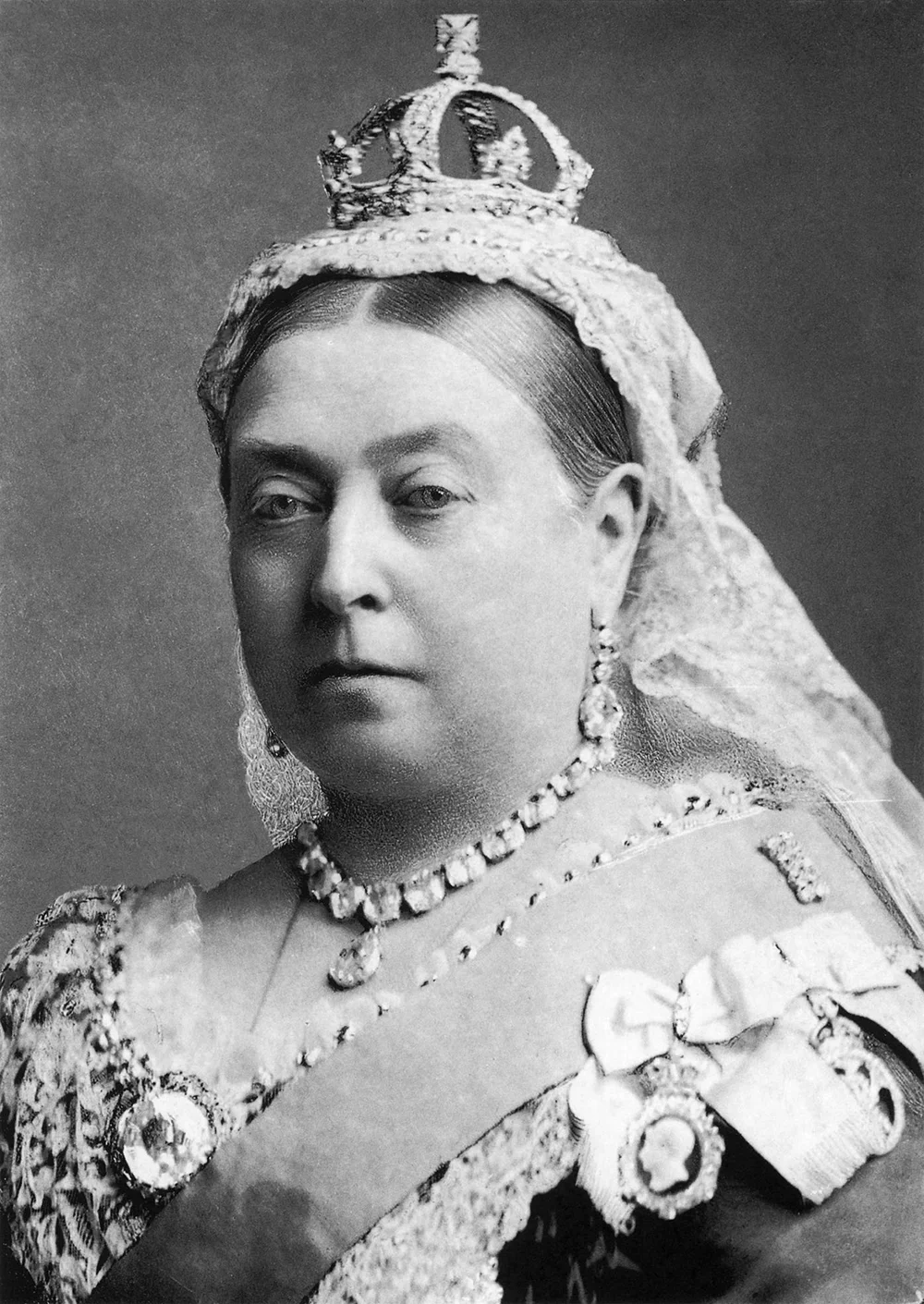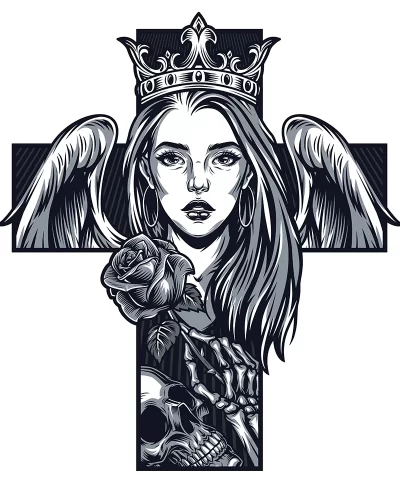Tattoo Culture in the Victorian Era and Royal Ink: Through the Eyes of an Expert
While tattoo art is often seen today as a form of self-expression in the modern age, in Victorian-era England, it played a curious role—as both a secret fascination and a mark of aristocratic flair. Queen Victoria’s long reign from 1837 to 1901 marked a period during which tattooing experienced a revival in the Western world. As a tattoo artist, exploring this era offers deep insights from both cultural and technical perspectives.
How Did Tattoo Art Rise During the Victorian Era?
How Did Queen Victoria and the Royal Family’s Interest Shape the History of Tattooing?
Discover this fascinating journey through the eyes of a tattoo expert.


